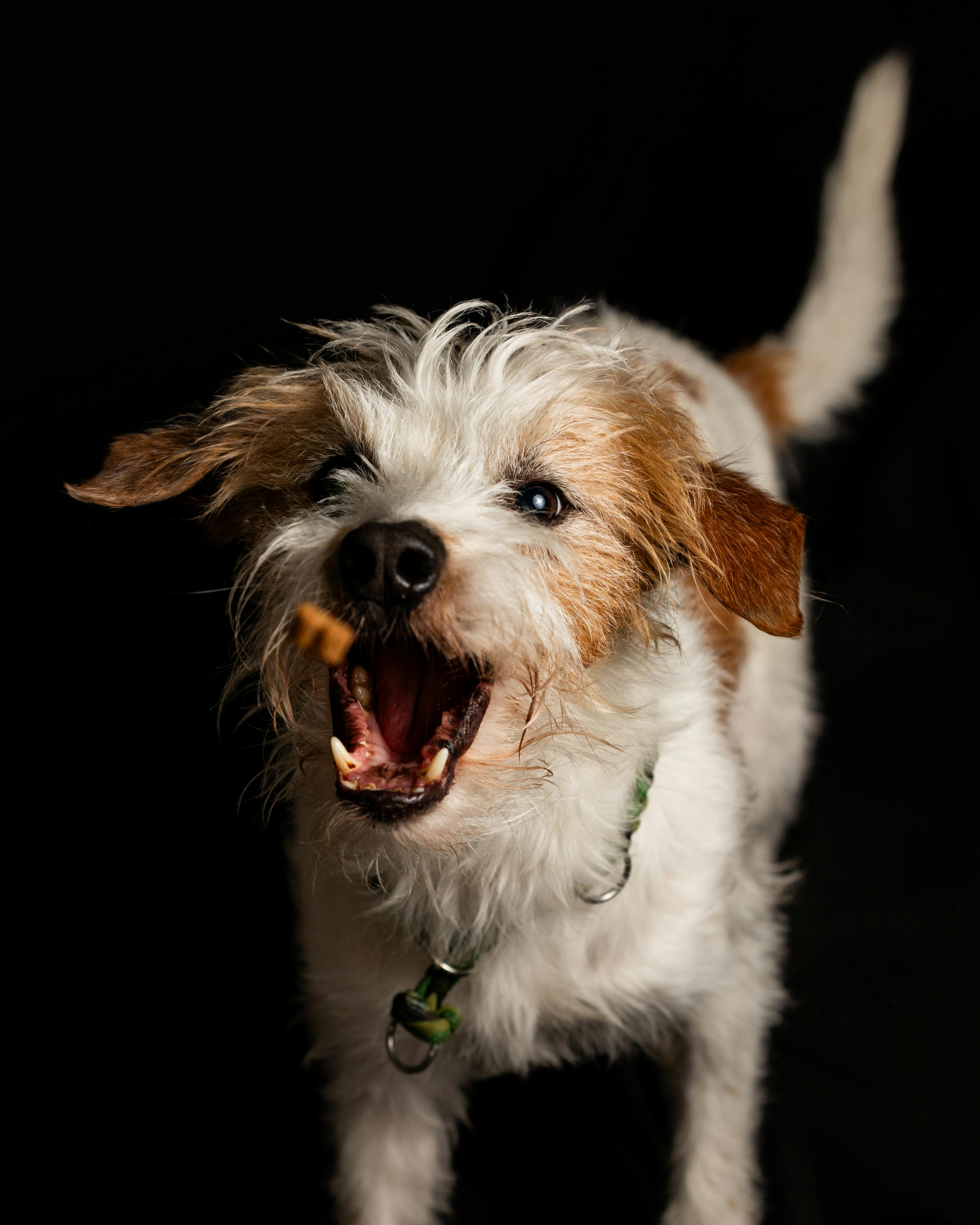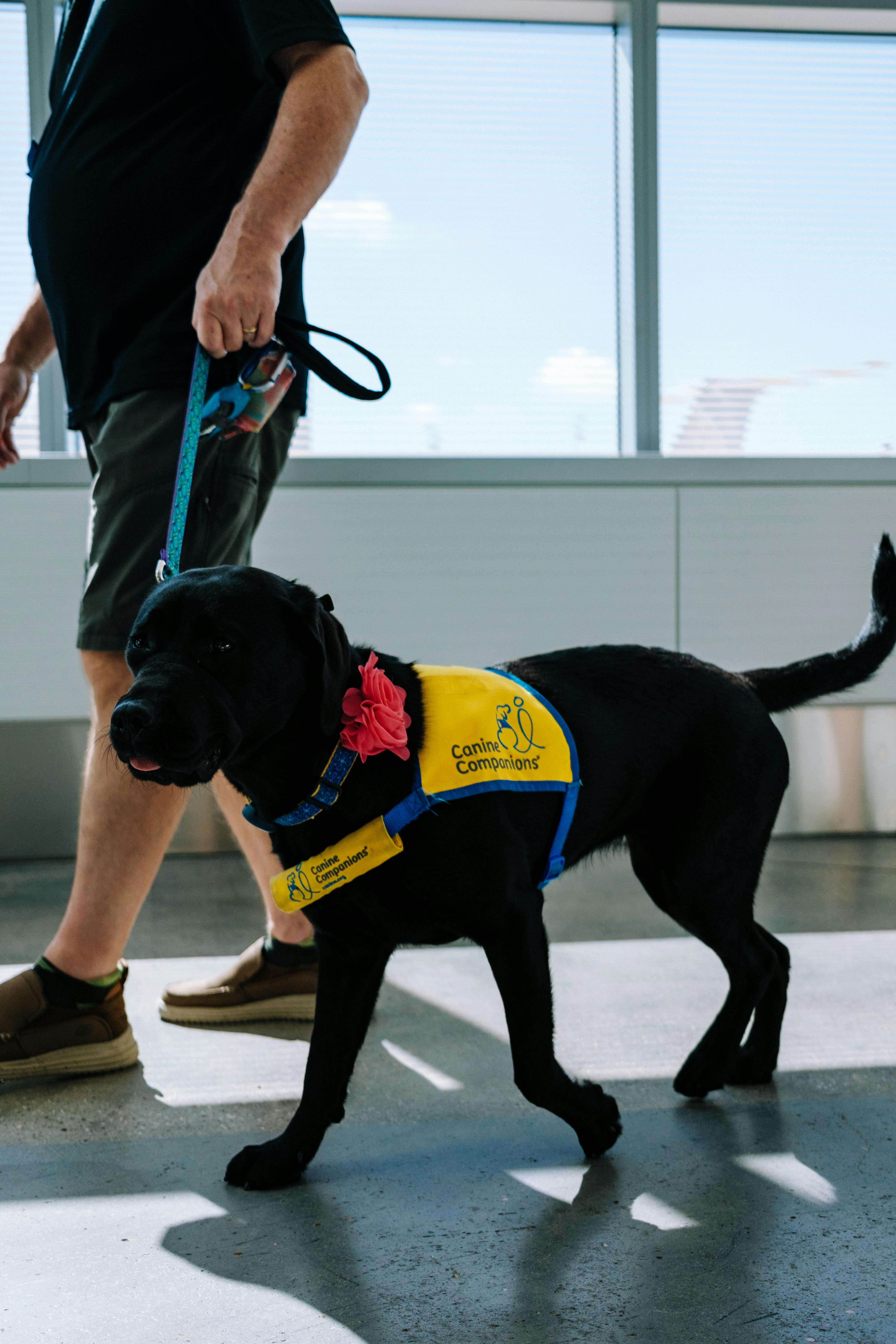Dog Training Place Board: A Comprehensive Guide to Effective Dog Training
Dog training place boards are an essential tool for training dogs, offering a structured environment for teaching commands and reinforcing behavior. This guide will explore what dog training place boards are, how they work, and how you can use them to improve your dog’s behavior and obedience. By the end of this article, you will have a better understanding of how to incorporate place boards into your dog’s training routine for long-term success.

Understanding the Fundamentals of Dog Training Place Boards
A dog training place board is a specific training tool designed to help dogs understand spatial boundaries, focus, and obedience. It is typically a raised surface or mat where dogs are taught to remain in a designated spot until given a release command. This type of training helps address a variety of behavioral issues, including jumping, excessive barking, and difficulty staying in one place.
Place boards have become a staple in many dog training programs because they help dogs understand where they are expected to be, reinforcing discipline and consistency in their behavior. The primary function of the place board is to provide a clear visual cue to the dog about where they should stay, which is crucial in teaching dogs self-control.
1.1 What Is a Place Board?
A place board is essentially a platform or designated area where a dog is trained to stay, and it serves as a foundation for obedience training. Dogs are trained to sit, lie down, or simply remain on the board until they are given permission to move. This technique is commonly used for teaching commands such as “stay,” “down,” and “place.” The board helps to create a defined space, offering the dog clarity on their behavior expectations.
For example, using a place board can prevent a dog from running around during meals or when guests enter the home, helping them learn to stay in one area. It is especially effective for high-energy breeds who struggle with impulse control.
1.2 The Science Behind Place Board Training
Place board training works by tapping into a dog’s natural learning processes. Dogs, like humans, learn by repetition and consistency. By using the place board regularly, dogs begin to associate the board with specific behaviors, such as remaining calm and still. Over time, this association strengthens, making the desired behavior more automatic.
Recent studies on canine behavior suggest that dogs thrive when they have a clear structure and routine, which is exactly what a place board provides. The repetitive nature of the training helps to reinforce positive behavior patterns, making it easier for both dog and owner to work together effectively.
Practical Implementation Guide
Now that we understand the fundamentals of dog training place boards, let’s dive into how you can implement this tool into your dog’s training routine. By following these actionable steps, you will be able to achieve lasting results and see significant improvements in your dog’s behavior.

2.1 Actionable Steps to Start Using a Place Board
- Step 1: Introduce the Place Board: Begin by placing the board in an area where your dog is comfortable. Use positive reinforcement, like treats and praise, when your dog steps onto the board.
- Step 2: Teach the “Place” Command: Once your dog is on the board, give the “place” command and reward them for staying. Start with short periods and gradually increase the duration.
- Step 3: Gradually Add Distractions: As your dog becomes more comfortable with the place board, add distractions (like toys, other people, or sounds) to increase their focus and obedience.
2.2 Overcoming Common Challenges in Place Board Training
While using a place board is generally straightforward, some challenges may arise. Below are some common obstacles and solutions to ensure success in your training sessions.
- Dog Wants to Leave the Board: If your dog repeatedly leaves the board, increase the use of positive reinforcement when they stay. Make the board a positive and rewarding experience.
- Dog Is Distracted: If your dog struggles with staying focused, start with short, distraction-free sessions and gradually increase the difficulty.
- Inconsistent Training: Consistency is key. Set aside dedicated training time each day to reinforce the behavior and avoid confusing your dog with irregular commands.
Advanced Applications of Place Board Training
Once your dog has mastered basic place board training, you can introduce more advanced techniques to enhance their behavior and obedience. These techniques are great for dogs who have mastered the basics and are ready for more complex challenges.

3.1 Using Place Boards for Advanced Obedience Training
For advanced training, place boards can be used in combination with other commands such as “stay,” “sit,” and “come.” In these sessions, the dog is required to stay on the place board while performing multiple behaviors in response to commands. For instance, you might command your dog to “sit” on the board and then “stay” while you walk around them or leave the room.
This advanced application helps to reinforce impulse control and encourages the dog to focus on their handler even in more challenging situations. It also prepares the dog for real-world scenarios where they must remain calm and obedient in public spaces.
3.2 Integrating Place Boards with Other Training Tools
As your dog progresses in their training, you can integrate place boards with other tools, such as leashes, clickers, and agility equipment. Combining these techniques allows for more versatile training and addresses a wider range of behavioral issues.
For example, you can use a leash to guide your dog onto the place board and encourage better posture while maintaining control. A clicker can be used to reinforce positive behavior each time your dog stays on the board for a set duration.
Future Outlook for Dog Training Tools
The future of dog training is continuously evolving, with new tools and techniques emerging regularly. In the coming years, place boards will likely become even more customizable, with features that allow trainers to adjust the size, texture, and color of the boards to suit different dog breeds and individual needs.
Additionally, technological advancements may lead to the integration of smart training tools that offer real-time feedback on a dog’s performance. These tools could allow trainers to track progress and make adjustments to the training regimen based on data.
Conclusion
In conclusion, dog training place boards are an incredibly effective tool for teaching dogs discipline, focus, and obedience. By understanding the fundamentals, implementing practical steps, and exploring advanced applications, you can enhance your dog’s behavior and improve their overall training experience. Whether you’re a new dog owner or an experienced trainer, incorporating place board training into your routine will lead to positive, long-lasting results.
Start training with a place board today and experience the benefits of a well-behaved and obedient dog. With patience, consistency, and the right tools, you can achieve success in your dog training journey.
Frequently Asked Questions
- Q: What is the best age to start using a place board? You can start training your dog with a place board as early as 4-6 months old, depending on the dog’s temperament and focus.
- Q: How long does it take for a dog to learn place board training? Most dogs can learn the basics of place board training within a week or two, but consistency and patience are key to mastering it.
- Q: Can I use place board training with a rescue dog? Yes, place board training can be effective for rescue dogs. It helps them establish structure and build trust with their new owners.
- Q: Does place board training work for all dog breeds? Place board training can work for most dog breeds, though highly energetic breeds may require more practice and consistency.
- Q: How can I make place board training fun for my dog? Incorporate treats, toys, and praise to keep your dog engaged and make the training enjoyable.
- Q: Can place board training help with separation anxiety? Place board training can help dogs with separation anxiety by teaching them to stay calm and focused in one place, which can translate to better behavior when left alone.
- Q: Can I use place boards in public settings? Yes, place boards can be used in public settings to help dogs remain calm and obedient in busy environments.
